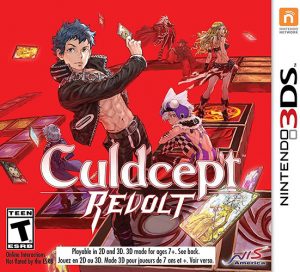
- System: 3DS
- Publisher: NIS America
- Developer: Omiyasoft
- Release Date: October 3rd, 2017 (NA)
- Price:$39.99
- T: Teen
- Genre: Strategy, Board/Card Game
- Players: 1-4
- Official Website: http://nisamerica.com/games/culdcept-revolt/
Who it Caters to
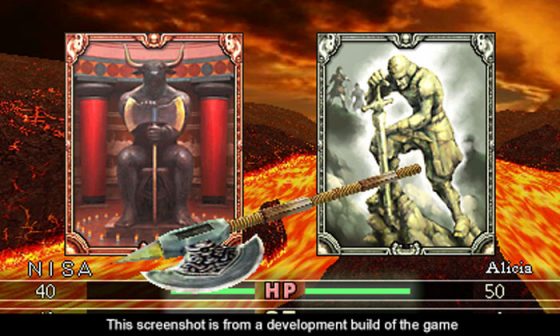
After Culdcept Saga, though, the franchise disappeared overseas. But Omiyasoft kept the series alive in Japan, releasing versions for the DS, PSP, and even Playstation 3. This was frustrating for Western fans who were still hungry for more but didn’t know Japanese nor could reliably import new releases. Demand grew so high that fans even started putting out their own fan-translated cartridges of the DS game. As luck would have it, Nintendo seemingly noticed the series’ devout fandom and ended up publishing Culdcept Revolt themselves for the 3DS. Now, NISA has finally brought over the most recent entry to finally give Western fans that new entry they’ve so craved for the past nine years.
What to Expect
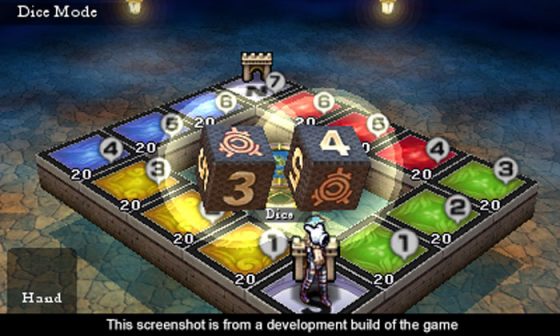
The goal of each match is to build up enough “magic” (coyly measured with a “G”) and then make it back to one of the several home spaces located across one of Culdcept’s many different board layouts. It’s based on overall wealth and value rather than just what you have on hand, however. In order to build up your worth, you’ll need to buy up as many properties as possible and invest your spending magic in them. That way, when an opponent lands on your space, you’ll be able to steal away their magic for yourself. However, you’ll need to strategically think through which land you’ll need to buy, as the monsters you have in your deck have a color that corresponds to the color of the property and will gain bonuses if they’re played on a space of the same color.
Culdcept Revolt – Nintendo 3DS trailer:
Story
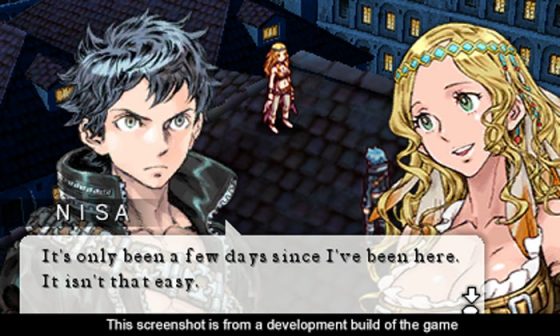
We’re not going to lie: the world of Culdcept doesn’t make a lot of sense. The game does attempt to tell a serious tale with quite a bit of character growth for each of its central characters and detailed character backgrounds, but a lot of that is undermined by how the game of Culdcept doesn’t quite fit within the context of its world. It’s not a bad story, mind you: it’s briskly paced and actually has some surprising twists along the way, but just keep in mind that it’s ultimately there to keep the player invested in the gameplay. It can be an engaging plot, but it can also be a bit distracting early on in the game when it feels like they could substitute the “Culdcept” gameplay with anything else and it wouldn’t make too much of a difference.
Gameplay
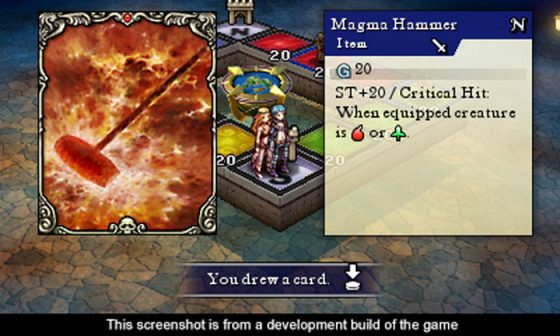
Plus, since you build your deck before each match, it’s not as if you should be having too many poor draws to begin with. Each different monster will have unique properties in addition to their normal HP and Strength stats. Some automatically attack first, some block attacks from certain colors of monsters, some score critical hits when given a certain type of item, and so forth. The card-building system in this regard provides a system of checks and balances to the property management system; you need to build a deck based on how you want to play, while accounting for bad rolls. It instills just enough doubt in your mind so that you can’t always just say “Well if I hadn’t gotten that bad roll…” or “If I had just drawn this card…”. You need to understand when you should be saving cards and when you should use them right away. It’s random, but for the most part it still feels pretty fair.
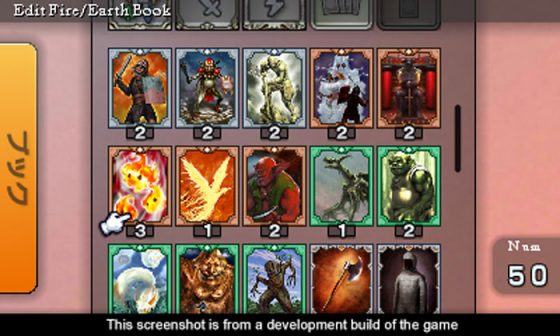
All of this might seem a bit overwhelming, but surprisingly, Culdcept Revolt does a fairly decent job introducing concepts slowly to you throughout the course of play. This is partially because the rules of Culdcept are heavily influenced by Monopoly, so it’s effectively building on top of that already familiar base. The rules to the card game are inherently simple as well (simply pit a card against your opponent’s card, and if your strength is higher than their HP and you attack before they do, you win), so it’s mainly a matter of keeping track of everyone’s cards and their properties. It’s actually much less complicated than it seems.
However, if you really need to be eased into the game, Culdcept Revolt does offer a handy guidance arrow system, where it will place an arrow over a recommended action for you to take. This serves as a double-edge sword; on one hand, this does make the game significantly easier to get into because you never have to really worry about your own moves. However, this also effectively puts the game on auto-pilot, as all you end up doing is simply following the directions that the game gives you. From what we played, there didn’t appear to be any disadvantage from having this on. We won the same amount of money (used for buying in-game card packs to build your decks) for winning a campaign match, we still earned achievements, and we seemingly got the same amount of XP. The game is fun when you’re trying to figure it out, and it’s nice that the guidance arrow is at least optional, but at the same time the single-player campaign is hurt by its presence since there’s no apparent reward for not using it nor a punishment for using it.
Honey's Gameplay Consensus:
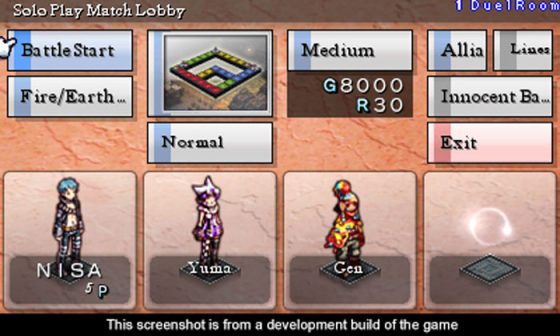
As a side note, we HIGHLY recommend you bump up the turn speed as soon as you can in the game settings. The default speed is almost unbearably slow.
Honey's Pros:
- Rich and satisfying tactical gameplay that successfully blends two different genres
- Appealing artwork
- Meaty single player campaign that’ll occupy hours of your time
- Great multiplayer if you’ve got someone who’s willing to learn along with you
Honey's Cons:
- Certain monster mechanics rely a bit too heavily on luck
- Mechanics don’t actually lend themselves well to a big single-player campaign
Honey's Final Verdict:
Any advice for newcomers? Please, let us know in the comments below!

